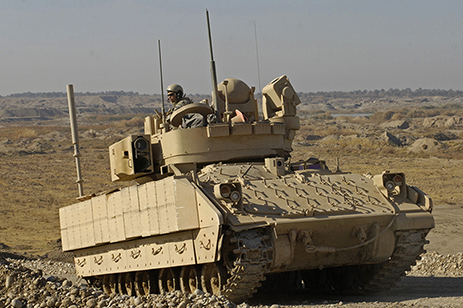
Many platforms need complex video solutions. A growing challenge for system integrators is how to get the most effective use out of the proliferating number of cameras being deployed without using too much space and adding significant weight.
This white paper discusses how small form factor Video Management Solutions allow system designers to quickly and easily route the platform’s video sources exactly where they best benefit users without overloading the platform.
Complex Video Requirements
Video systems are becoming ever more widely deployed across the full range of platforms, from small ground vehicles through to main battle tanks, to rotary and fixed-wing aircraft, and on to UAVs of all sizes. However, the need to conserve space, weight and keep costs down can limit their practical implementation. With the increasing tempo of deployment, multiple video formats, and being able to meet new configuration requirements rapidly, off-the-shelf products are becoming increasingly important.
There are several ways to connect video producers, such as cameras or computers, and consumers of video for example displays or recorders or indeed image processing computers. The most common and established method is a raw video which offers the truest reproduction and lowest latency.
More recently, video over IP (internet protocol) using fiber or copper Ethernet has become more popular – either uncompressed (e.g. GigE Vision) or compressed (e.g. H.264). This trend is expected to continue as 10 Gb Ethernet drops in price as it inevitably will. However, there remain many application areas where the native video will continue to be the distribution format of choice. This is true, for example, where the application does not warrant the overhead of an Ethernet infrastructure.
A common requirement across many vehicles is the need for equipment to occupy as little space as possible and in the current, and likely future financial climate, low cost is also a significant concern.
Login and download the white paper to learn more.
- Video switching
- Different video formats
- Reducing system complexity
- Low SWaP design